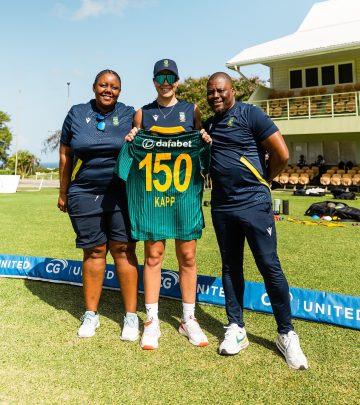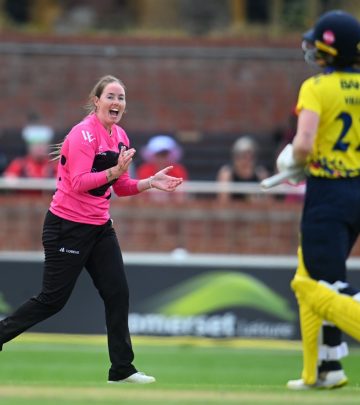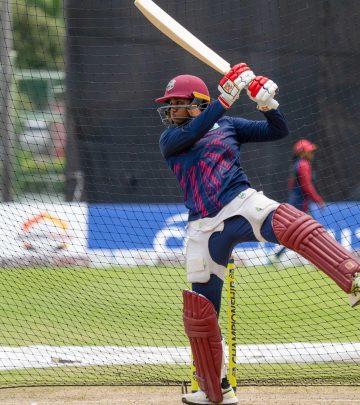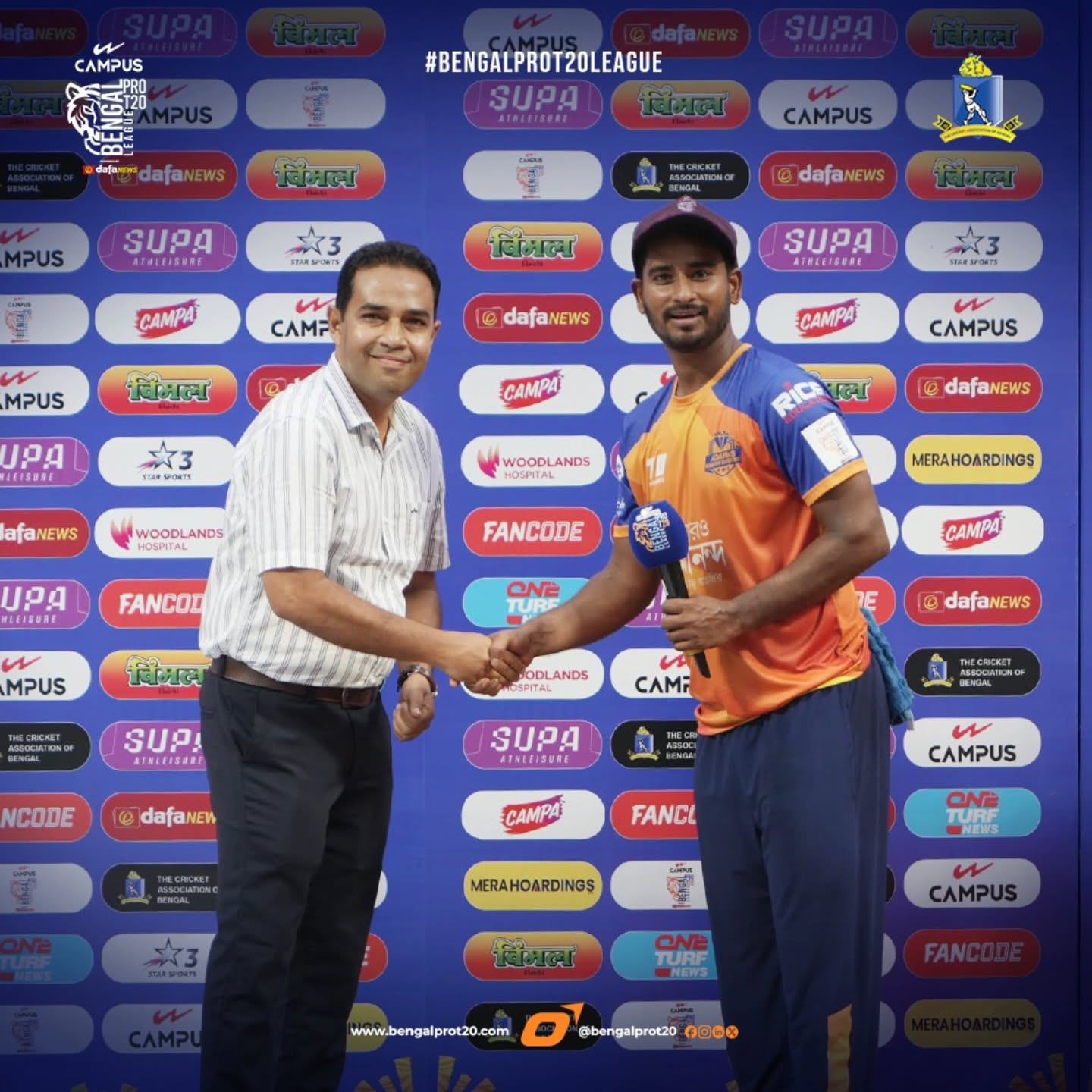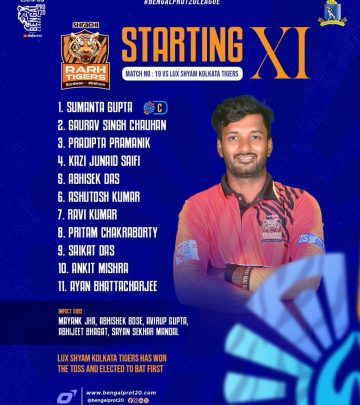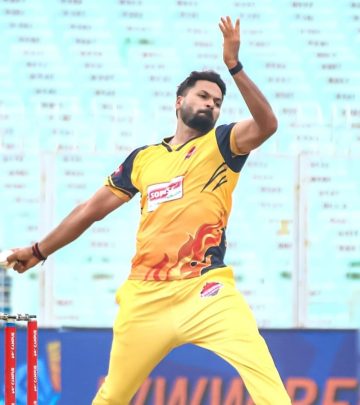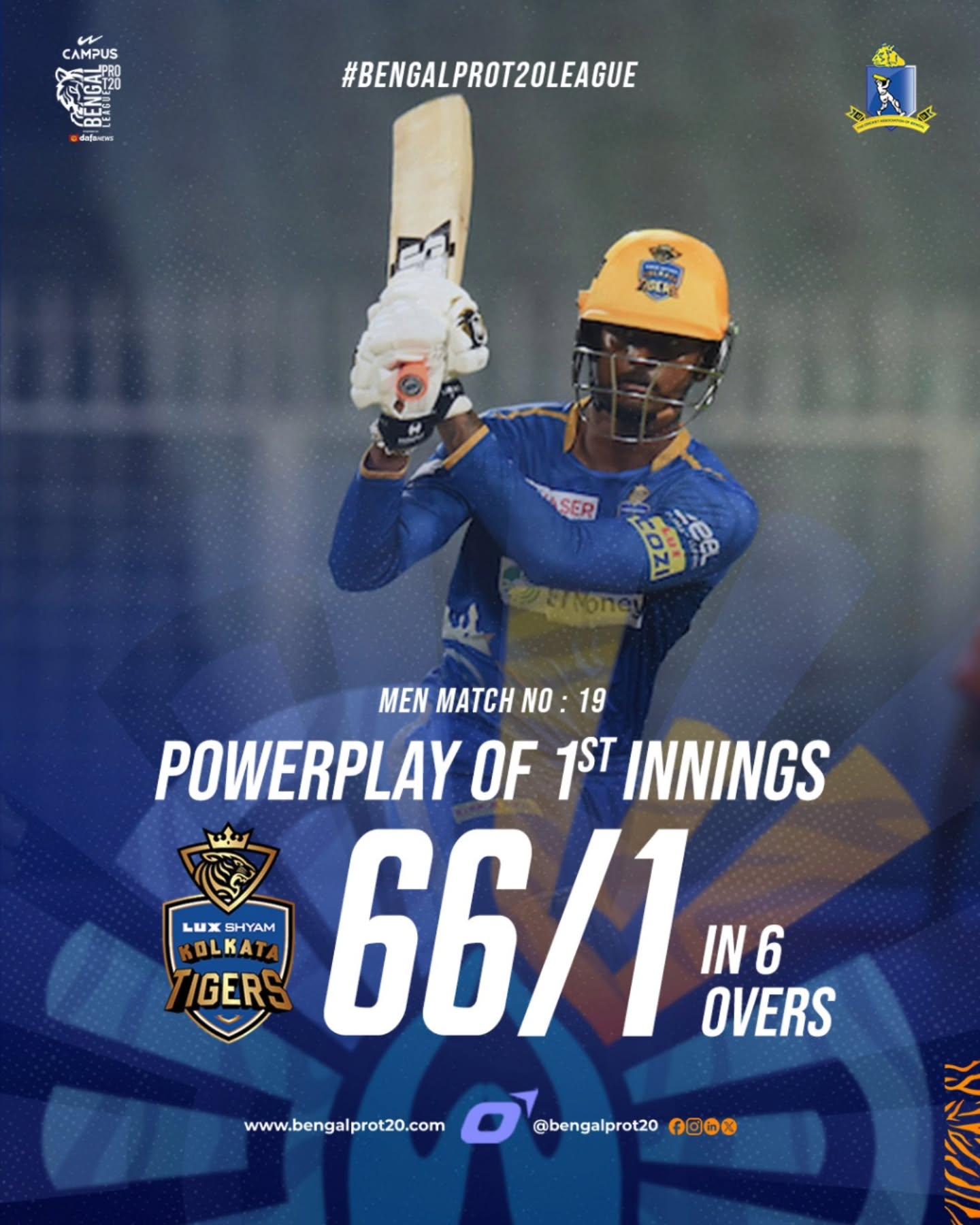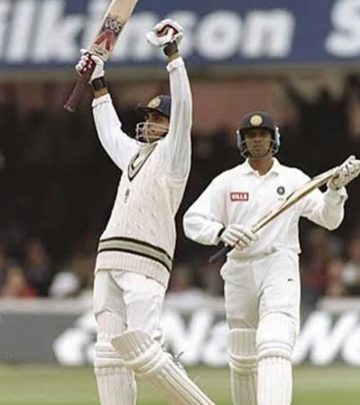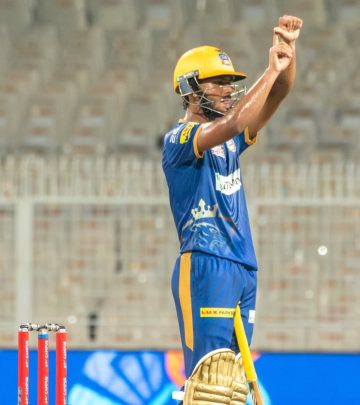Athlete Training Priorities: Beyond Crunches
Dynamic athlete training advice to swap conventional crunches for explosive core stability.
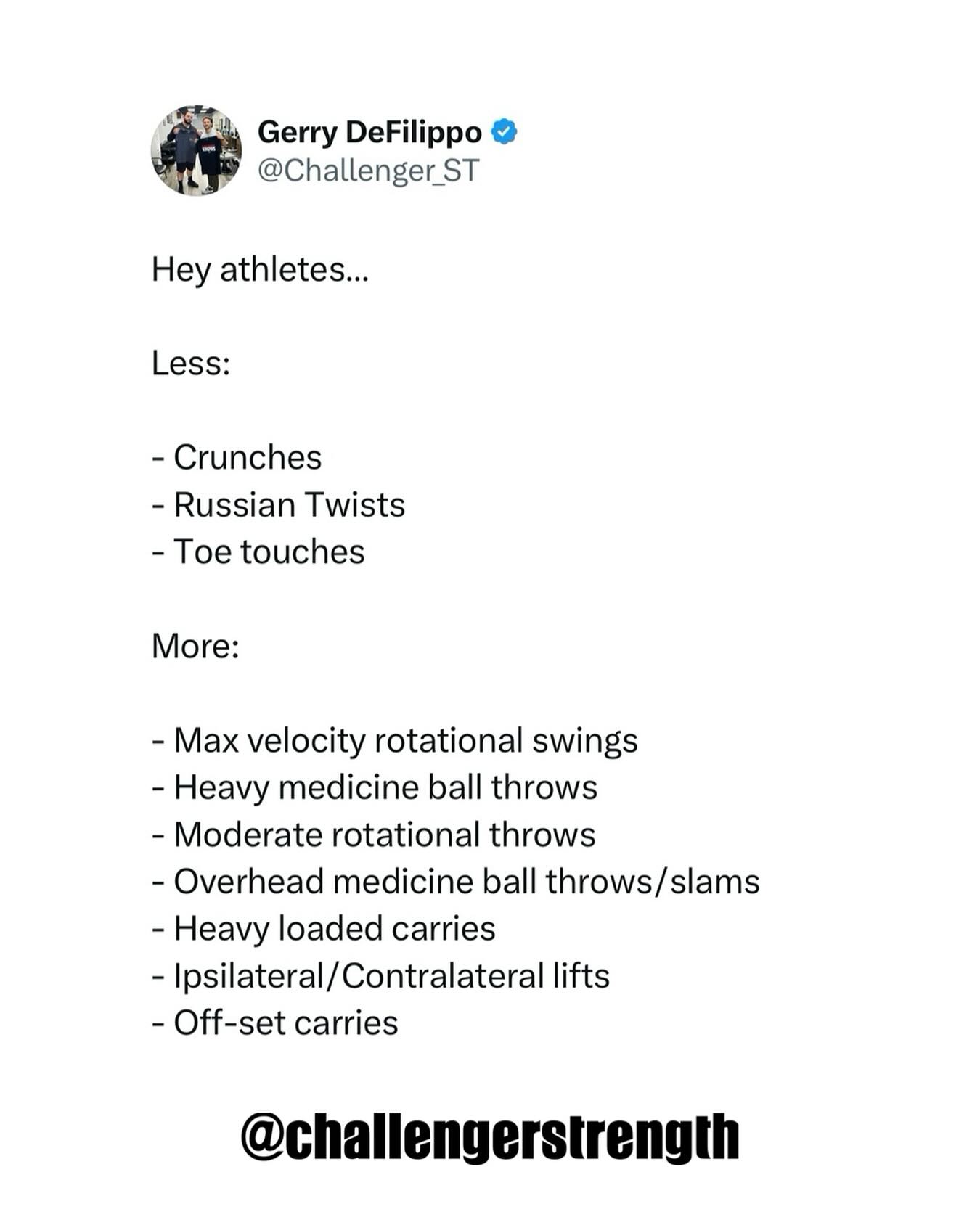
Image: Instagram
In today’s fast-evolving sports landscape, athletes and trainers alike are rethinking traditional training routines. A recent message shared by Gerry DeFilippo of ChallengerStrength has sparked conversation among fitness enthusiasts: Are you training your abs like a bodybuilder or training your core like an athlete? This thought-provoking question underscores a shift from mere aesthetic goals to a training philosophy that values multi-planar stability, explosive power, and functional movement.
Athletic Training: More Than Aesthetic Abs
The post reminds us that athletic movement is not solely defined by the appearance of abdominal muscles. Instead, performance is built on a foundation of stability and power that flows from the opposite hip to the opposite shoulder. Training in such a way stimulates not only improved core strength but also enhances overall movement efficiency. While crunches have long been a staple in fitness routines, relying on them exclusively may do little to develop a truly dynamic core. The idea is to move beyond the simplistic repetition of crunches and embrace workouts that condition the body for explosive and stable performances.
Sports experts, including prominent figures like Julian Locasto who is frequently tagged in related posts, argue that athletes benefit more from training that improves movement diversity. Locasto’s other social media entries echo these sentiments. In one post he states, “You are not training to compete at a certain lift. You are not competing to be as aesthetically jacked & ripped as possible.” By emphasizing movement quality over appearance, coaches are urging individuals to focus on exercises that build balance, rotational strength, and agility.
Beyond Crunches: Emphasizing Explosive Movement
At the heart of this evolving training method lies the understanding that athletic performance is a blend of speed, coordination, and balance. The message is clear: spending endless hours on crunches might help target the anterior abdominal muscles for looks, but true athleticism comes from a training regimen that incorporates dynamic, multi-directional exercises. Training the core to transfer power from the hip to the opposite shoulder is critical for sports that require rapid changes in direction and robust body control.
Gerry DeFilippo’s post, punctuated with a nod to expert advice from Julian Locasto, challenges traditional approaches and invites athletes to reassess their workout priorities. He highlights that strength and size are often mere side effects of focused athletic training. Instead, the goal should be to structure workouts in a way that enhances speed, agility, and overall explosiveness. This nuanced perspective has resonated with athletes who wish to optimize their performance in team sports and personal competition alike.
Functional Training: The Key To Modern Athleticism
The trend toward functional training is not new, but its importance has grown as the demands of modern sports evolve. Training methods previously reserved for bodybuilders are being reconsidered in light of the fact that athletes require far more than just muscle bulk. The core is a critical nexus that stabilizes the body during high-intensity movements, such as sprinting, jumping, and quick directional changes.
A closer look at recent posts from training experts shows a consistent message: athletes are encouraged to incorporate exercises that mirror the dynamic movements of their sport. For instance, explosive rotational exercises and multi-planar drills are becoming a staple in conditioning programs. Notably, one related Instagram post by Locasto underscores that the path to becoming a more agile and explosive athlete does not lie in repetition for its own sake but in deliberate, well-rounded training routines that stress both movement quality and recovery.
A Shift In Training Philosophy
This focus on functional training marks a meaningful shift in how athletic conditioning is viewed. Traditional routines heavily reliant on static exercises are giving way to more integrated approaches. The idea is to develop a body that is not only strong but also quick to react and capable of withstanding the varied demands of competitive sports. Coaches and athletes alike are now paying close attention to how exercises can mimic the sport-specific movements that translate into better on-field performance.
In practice, this means athletes might reduce the time spent doing crunches in favor of drills that require rapid, coordinated movements—a change that could lead to greater overall athletic performance. The attention to multi-planar stability ensures that every part of the body works in concert, preventing imbalances and potentially reducing the risk of injury.
Ultimately, the new wave of training advice champions adaptability and functional strength over mere aesthetics. The conversation sparked by influencers like Gerry DeFilippo and Julian Locasto is not just about fitness trends but about building better, more resilient athletes. This approach is being embraced across various sports disciplines, and its impact is already evident in the improved performance metrics reported by athletes making the switch.
Modern athletic training now challenges the old adage of “more crunches equals better abs.” Instead, it champions a regimen where stability, explosiveness, and movement diversity are paramount. As athletes continue to refine their training philosophies, the emphasis on functional exercises is poised to redefine performance standards in competitive sports.
This renewed focus on holistic athleticism is encouraging a smarter, more efficient way to train—a message that resonates with anyone who believes true strength lies in the ability to move quickly and powerfully in any direction.
Read full bio of Joyce



